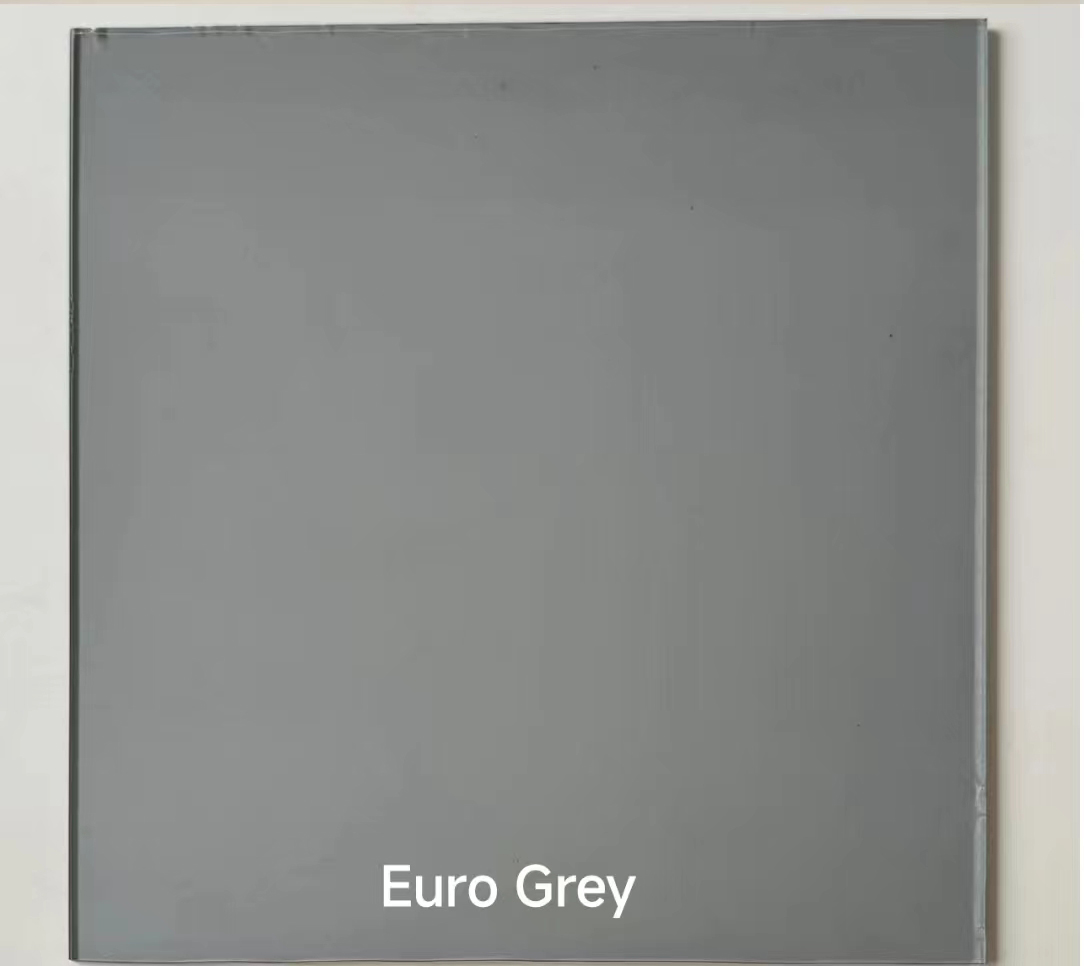

Reflective Glass Sheets A Contemporary Architectural Marvel
In the realm of modern architecture and design, reflective glass sheets have emerged as a noteworthy material, blending aesthetics, functionality, and sustainability in innovative ways. These sheets, characterized by their reflective properties, are increasingly being utilized in a variety of applications, from skyscrapers and commercial buildings to residential homes and decorative interiors. This article explores the significance of reflective glass sheets, their benefits, and their diverse applications in contemporary design.
Reflective glass sheets are essentially glass panels that have been coated with a thin layer of metallic or non-metallic materials, allowing them to reflect light while permitting some degree of light transmission. This unique property not only enhances the visual appeal of a structure but also plays a crucial role in energy efficiency. By reflecting solar radiation, these glass sheets can help regulate indoor temperatures, reduce the reliance on air conditioning, and ultimately lower energy costs. This energy-efficient characteristic makes reflective glass an attractive choice for architects aiming to create sustainable buildings.
One of the primary advantages of reflective glass sheets is their ability to improve the aesthetic appeal of a structure. The reflective surface can create a striking visual effect, especially in urban environments where glass buildings stand alongside natural landscapes. During daylight, reflective glass can beautifully mirror the surrounding environment, allowing buildings to blend seamlessly with their natural or urban backdrop. At night, illuminated spaces behind reflective glass create a stunning effect, turning buildings into glowing sculptures that enhance the nightscape. This dynamic visual presence has made reflective glass a preferred material for landmark structures and high-rise buildings.

Moreover, reflective glass sheets contribute to occupant comfort and privacy. By reflecting the outside view, these glass panels reduce glare and heat gain, creating a more pleasant indoor environment. Additionally, they provide an added layer of privacy during the daytime, as they obstruct the view from outside without compromising the views from within. This makes reflective glass an ideal choice for offices, conference rooms, and residential spaces where privacy is paramount.
The versatility of reflective glass sheets extends to their application in interior design as well. Designers often use these sheets in facades, partitions, and even furniture to create a sense of space and light. For instance, reflective glass can be employed in lobbies or waiting areas to create a more expansive feel, making such spaces appear larger and more inviting. In addition, reflective glass can be used creatively in art installations, adding depth and dimension to artistic expressions.
However, the use of reflective glass sheets is not without challenges. While they offer many advantages, these materials can also contribute to increased energy consumption in certain situations, particularly when they cause excessive reflection and heat in the immediate environment. Architects and designers need to carefully consider the orientation and placement of reflective glass to mitigate potential issues related to glare for surrounding buildings and pedestrians. Furthermore, the environmental impact of production and disposal of glass must be taken into account, ensuring that sustainability remains a priority throughout its lifecycle.
In conclusion, reflective glass sheets represent a significant advancement in architectural materials, combining functionality with striking aesthetics. As modern architecture continues to evolve, the versatility of reflective glass reaffirms its place in the future of design. By enhancing energy efficiency, occupant comfort, and visual appeal, reflective glass sheets are more than just a fashionable choice; they are a testament to the innovative spirit of contemporary architecture. As we move toward a more sustainable future, leveraging such materials will be crucial in shaping our built environment.